Cebu City known as the Queen City of the South is regarded as the oldest city in the Philippines. It is one of those cities rich in historical attractions as this is where the first Spanish settlement took place. These historical attractions served as the monument of the city’s tumultuous past.
One of the city’s historical attractions is Fort San Pedro which is known as the smallest and oldest fort in the Philippines. It is located near Plaza Independencia, in the pier area of Cebu City, Cebu in the Philippines. The fort served different purposes at various times in the island’s history.
Fort San Pedro was built by Spanish and Cebuano laborers as a military defense structure. The fort’s name was taken from Miguel Lopez de Legazpi’s flagship “San Pedro” in which he sailed the Pacific Ocean. They started the building of Fort San Pedro on May 8, 1565 eleven days after their arrival in Cebu with Legazpi himself breaking the ground. This is the same year where they sent a small party to explore Siquijor: The island of Fire.
Based on the report of Governor General Tanon, a Spanish ruler of the island at the time, to King Philip II of Spain in 1739 is states that: Fort San Pedro also called as “Fuerza de San Pedro“. It was built of a stone mortar with a terreplein which guns are mounted. The fort contained the necessary buildings. The largest of these was the “Cuerpo de Guardia” where the personnel that manned the fort lived. Adjacent to is was “Viviende del Teniente” which was the living quarter of the Lieutenant of the Fort. In between the aforementioned buildings is a well. At one corner attached to walls of the bastion of San Miguel was the “Almazanes del Polvora” (power magazine) where the fort’s supply of arms and gunpower from Manila were stored.
Fort San Pedro is triangle in shape with one side fronting the land and the other two sides facing the sea. The two sides facing the sea were defended with artillery and the front with a strong palisade made of wood. On each corner of the Fort are three towers that served as bastions. These are La Concepcion at the southwest, Ignacio de Loyola at the southeast, and San Miguel at the North. As originally intended, these bastions are actually viewing decks. The Bastion La Concepcion affords guests with a panoramic view of the ‘Malacañang sa Sugbo’ as well as the Cebu Post Office. The fort has a total land area of 2,025 sq. meters and the walls are 20 feet high with 8 feet thick. The towers are 30 feet high from the ground. The circumference is 1248 feet. The sides of the fort are unequal lengths and the side fronting the city is where one may find entry to Fort San Pedro. 14 cannons were mounted in their emplacements which most of them are still visible today.
Fort San Pedro first served as the core group of the first Spanish settlement in the Philippines led by Miguel Lopez de Legazpi. It acts as a beat back beleaguering by uncongenial natives and Muslim pirates. From 1896 to 1898, the fort was used as a prison for local rebels during the Philippine revolution. It also became an American Warwick Barracks during the American regime and was turned over to Cebuanos by Commodore George Dewey. Later on, in 1937 to 1941, it was turned into classrooms where Cebuanos first received formal education. During World War II from 1941 to 1945, the fort served as prison camp and munitions for Japanese soldiers. At one time Fort San Pedro also became a hospital during the battle for liberation.
Today, Fort San Pedro is a museum-park filled up with historical documents, artifacts, sculpture, paintings, century old cannons and a lot more about the history of the fort and how it withstand the test of time. The place certainly shows the turbulent past particularly the fort and Cebu City in general. Years ago, the government decided to transfer the old artifacts of the Museum to Museo Sugbo: The Cebu Provincial Museum. Souvenir shops are inside the fort which sells t-shirt, bracelets and other hand crafted items.
The Cebu City Government assumed its responsibility for the management operation of Fort San Pedro in Feb 1, 2008. It has prioritized heritage conservation and biodiversity preservation as overarching thrusts in its management.
Biodiversity Conservation at Fort San Pedro
To maintain diversity of life within the Fort, and to live up to its fundamental purpose as a self-sustaining fortress of its time, the management embarked on a conservation program. At the courtyard, a current collection of Cebu’s pre-Hispanic and Hispanic agricultural plants are being reintroduced.
The Bastion La Conception – This area is being landscaped with ornamental plants introduced to the Philippines at an early period. These ornamental plants are rosal, pobreng kahoy and bandera española, among others.
The Bastion San Miguel – In this corner, a butterfly conservation program has been established. A caterpillar chamber has been built and several flowering plants are cultivated so that caterpillars and adult butterflies can feed on to encourage their proliferation. Notably, butterflies, like plants and other animals, are important to the survival of all living things.
The Bastion Ignacion de Loyola – A herbal and spices garden is being cultivated. Indigenous plants with known and proven medicinal benefits are strewn in the area. Spices which drove the Spanish conquistadors to the Philippines Islands are also planted here.
Plants and Trees at Fort San Pedro
- Kamagong (Maba buxofolia)
- Lubi or Coconut (Cocos Nucifera)
- Dulau (Curcuma domestica Valet)
- Anahaw (Livistona Rotundifolia)
- Kamuning (Murraya Paniculata)
- Pandakiki-Tigpod (Tabernaemontana Pandacaqui)
- Saging or Banana (Musa Species)
- Kalamungai (Moringa)
- Mabuhay (Phyllantus Species)
- Tubo Bisaya or Sugarcane (Saccharum)
- Dawa or Millet (Setaria Botanica)
- Mais or Corn (Zea mays)
- Salindugo (Phyllantus Species)
- Alangitngit (Carmona Retusa)
- Melindres (Lagerstroemia indica)
- Tabaku or Tobacco (Nicotiana Tabacum)
- Dalakit (Ficus Species)
- Bugtai (Streblus Asper)
- Abaka or Abaca (Musa textiles)
- Tambis (Syzygium Samarangense)
- Banka-bankaan (Rhoeo spathaceae)
- Bantigi (Pemphis acidule)
On February 11, 2008, King Juan Carlos I and Queen Sofia, Royal Majesties of Spain visited Fort San Pedro in time for the Centennial celebration (1898-1998) of the Philippine Independence.
Getting to Fort San Pedro is easy. You can either take a cab or take a jeepney with Pier1 signboards and just ask the driver to drop you at the nearest unloading station. It is 10-15 minutes away from the oldest street of the Philippines, Colon Street. When on the fort, you need to pay an entrance fee of P 30.00 for adults, P25.00 for senior citizens and P20.00 for students and children. Parking fee is also collected at P15.00 for motorcycles and cars, P30.00 for coaster and buses. Fort San Pedro is open everyday of the week from 8:00 o’clock AM to 5:00 o’clock PM. Liquors, beverages, firearms or any bladed weapons are not allowed inside.
This page is last updated on
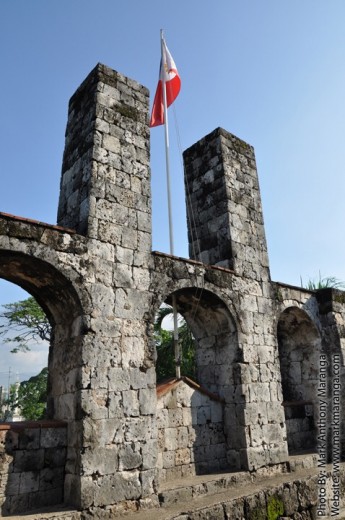
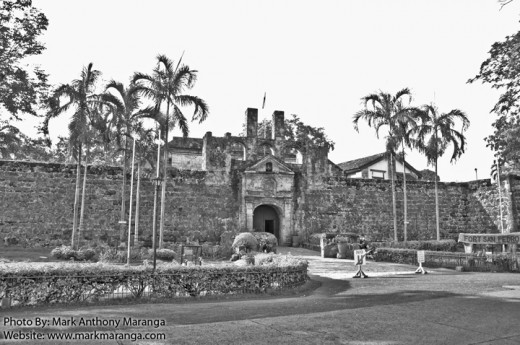
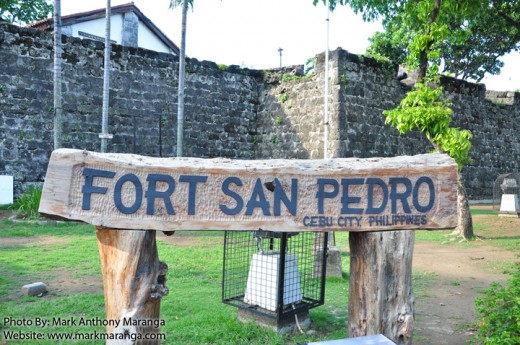
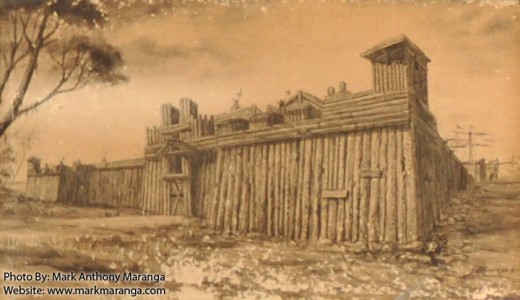
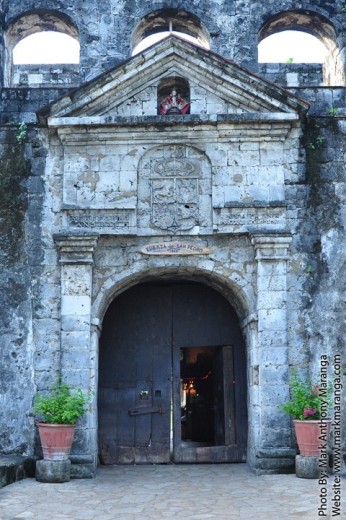
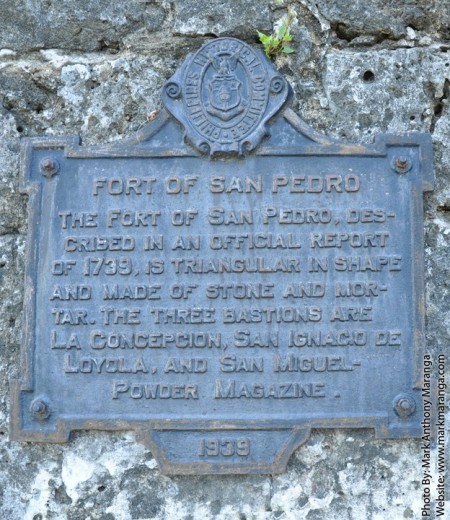
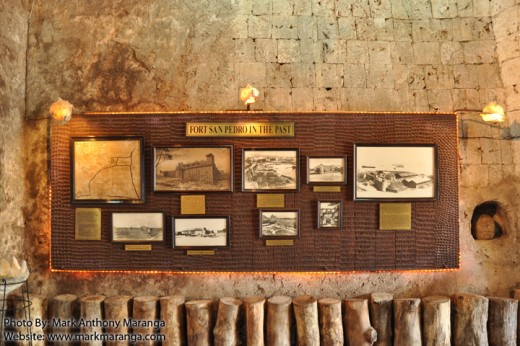
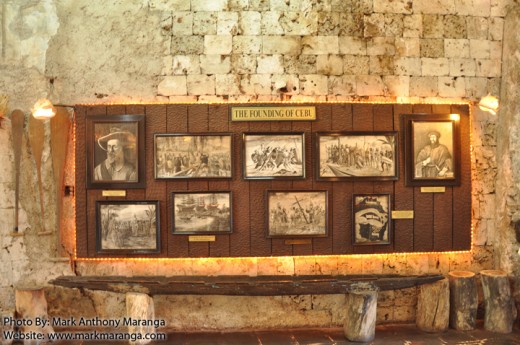
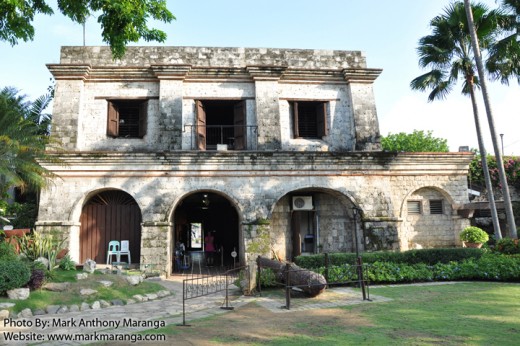
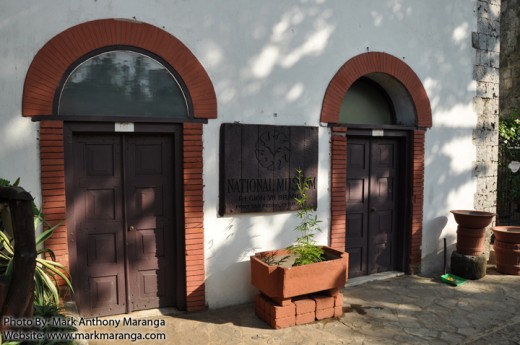
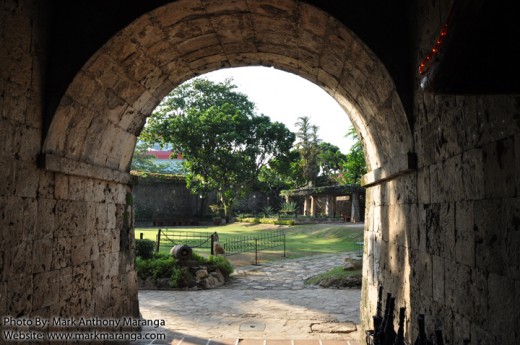
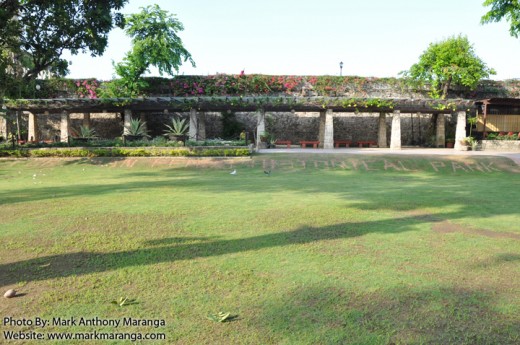
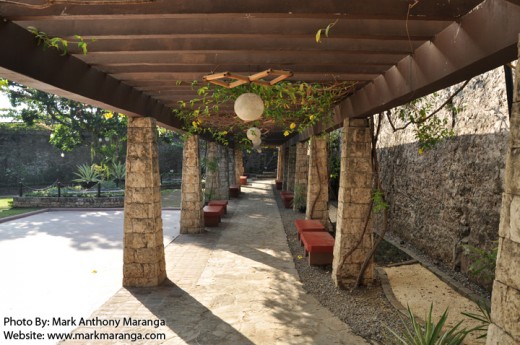
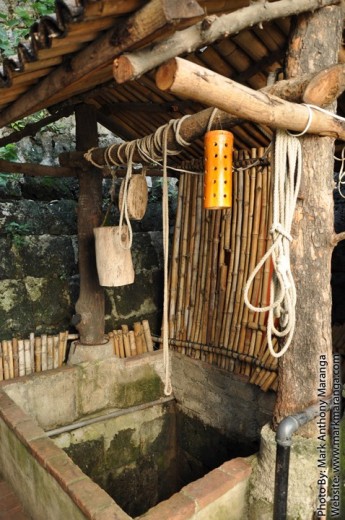
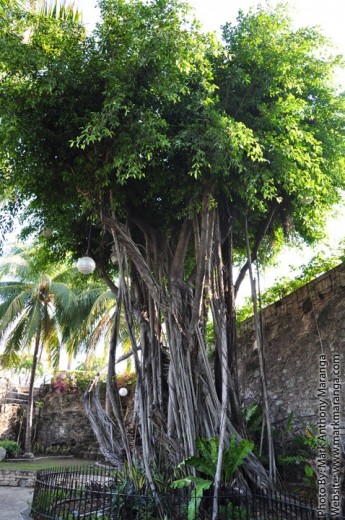
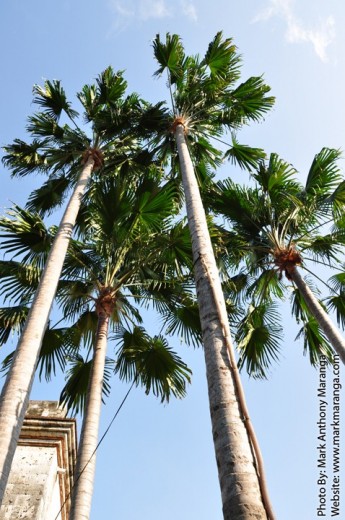
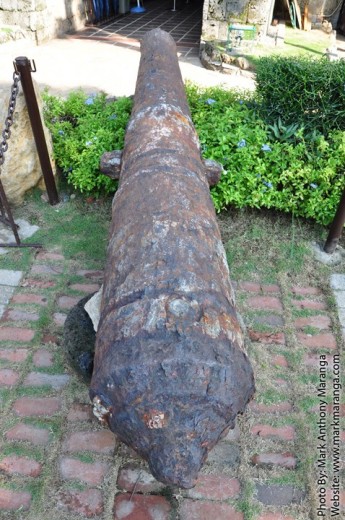
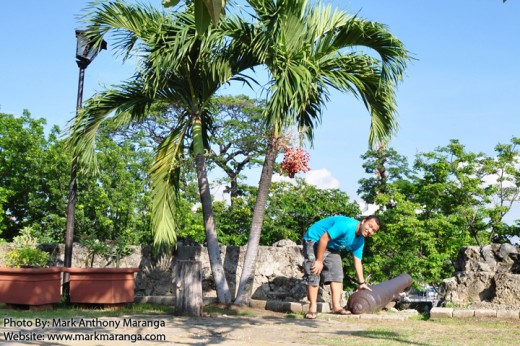
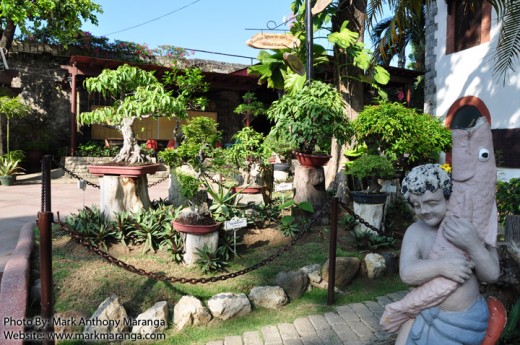
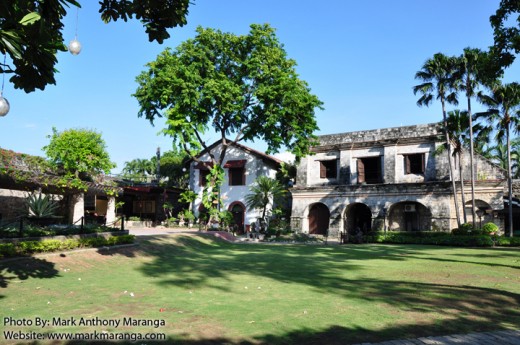
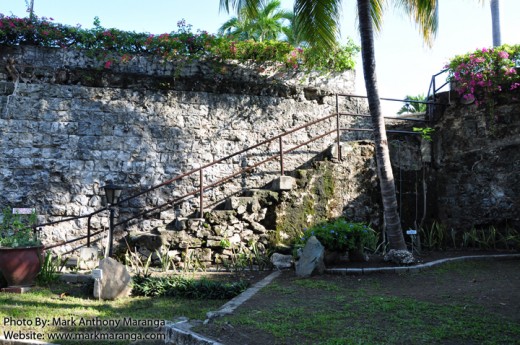
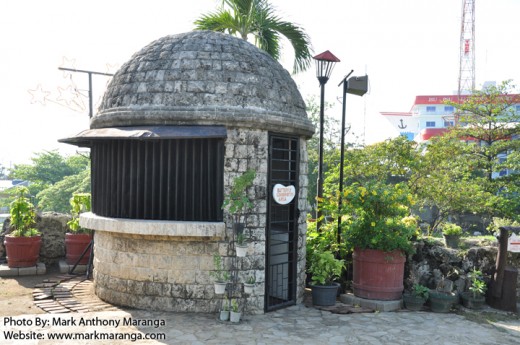
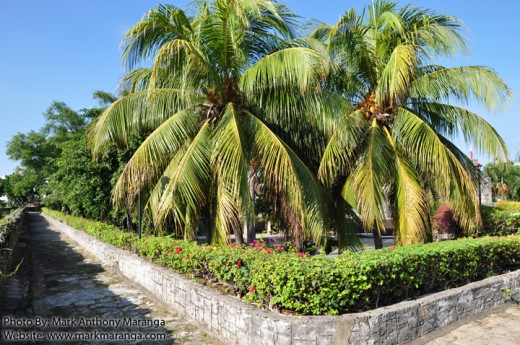
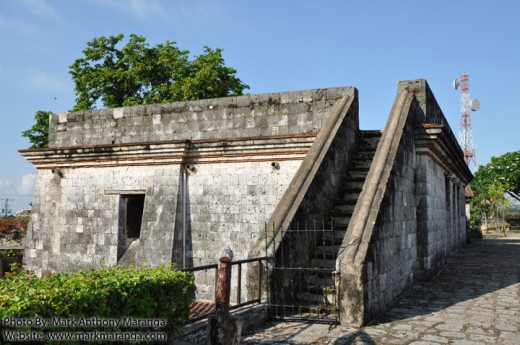
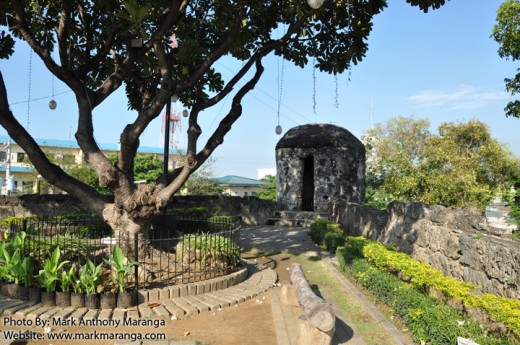
 Mark Anthony Maranga is an Educator-Parent to his 3 Homeschooling Kids. He sells
Mark Anthony Maranga is an Educator-Parent to his 3 Homeschooling Kids. He sells 










unsay pwede masakyan na jeep gikan Emall padung Fort San Pedro or Plaza Independencia?..please inform me..thanks 🙂
kaila mu ug nagpapicture amung kauban dinhi then naay ghost niapil ug papaicture?? lol… believe it or not……….
Jhudiel: Hmffff, we have already been there last July 19, 2011. for our educational tour. We enjoyed the experience and we had gained many information’s about the historical overview about the place! That’s all. Thanks 🙂 hope you enjoyed reading my NON-SENSE comment.. hahahaha kaila ka’g wala koy lngaw? ha? LOL ^_^
ROCHELLE: YEAH YOUR RYT JUDZZ I REALLY LOVE IT . WE HAD OUR PICTORIAL . WEWE EWEWEWEWEE HEHEH KAILA KA ISTOR JUDZZZ LINGAN MUH NO????????///////
Your site rocks! You give so much idea when it comes to travelling and relaxation. I have a question what affordable restaurant is nearby the fort san pedro? We are planning to go there this weekend and i want to finalize our plan.. thanks a lot..
Analyn,
Thank you for the nice comments.
A good restaurant is AA’s BBQ. It is 150 meters away from Fort San Pedro, along M.J. Cuenco Avenue, fronting Plaza Independencia. Another option is Jolibee near Santo Nino Church.
Hello, Mr. Maranga.
This site is, indeed, informative. I like it that you cared to mention the names of the plants and trees in the FSP gardens rather than just saying that there are many of them there. Definitely, this site is well updated. The pictures, as they should be, are excellent, too. There is, however, a “little” matter with the setting of the years of a historical event that you mentioned above and which I quote below:
“During World War II from 1946 to 1950, the fort served as prison camp and
munitions for Japanese soldiers.”
WW II, particularly the Pacific War, erupted in December 1941 and ended in 1945.
Jo,
Thanks for the comment. I’ve already updated the blog.
Hello! this is a great site. Thank you for such an effort to help us. I am from Moaboal residing in Germany and I will be in Cebu this July 2011 with my sons and I would like to enquire if their would be a chance to see the dancing inmates of Cebu. I read one time that they put a stop to this . My sons had seen them in Youtube and they ask me if we’ve able to see them perform live. Any help you can help will be greatly appreciated. Thank you.
hello po, i really loved this site. very informative and helpful… we are planning to visit cebu for 1day this december 2. after our 3day tour in bohol. we are in group total of 5 people. perhaps you can help us where to stay for a night cheap but comfortable place. and may i ask if you can recommend someone to be our tourist guide? please, please help us. thank you.
Chachi.
Sampaguita Suites in Mango Avenue is a decent choice at about P698. Verbena is also a good choice, you can check their website. Both are located in the midtown area so accessing most of the attractions will not take too much time traveling by jeepney – 10 to 15 minutes going downtown. The security in the midtown area is better than staying in the downtown area where most of the attractions are situated (Sto Nino Church, Magellan’s Cross, Colon Street, Cathedral, Fort San Pedro and a lot more).
For your tourist guide, you may contact Green Earth Travel and Tours (gett.inc@gmail.com, http://www.greenearth.com.ph). I know the owner personally and they provide a nice service. I think they provide a day tour package for Cebu and Mactan islands which is your best option.
Enjoy!